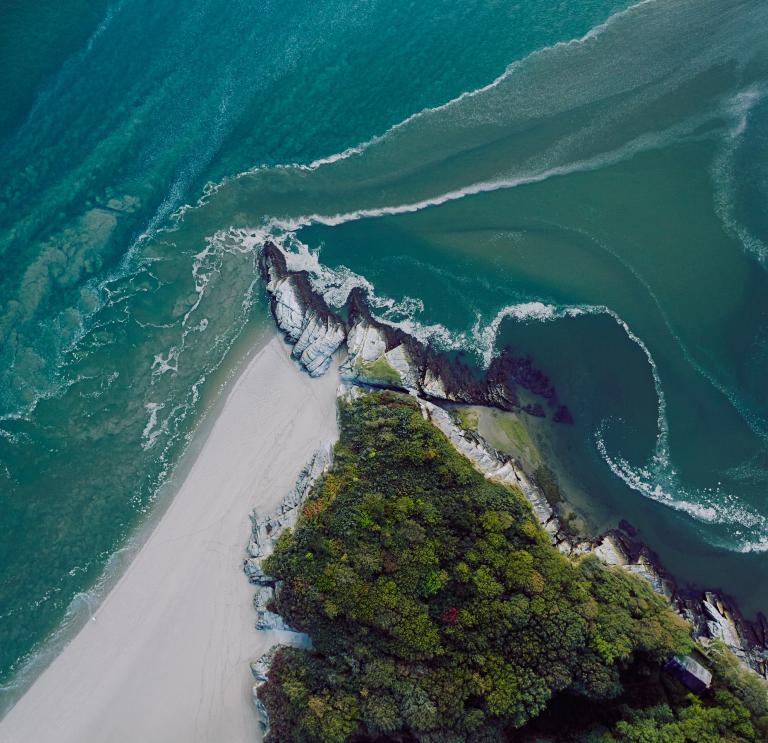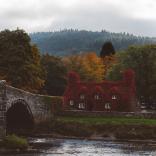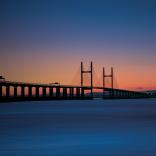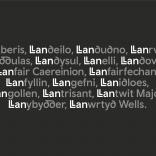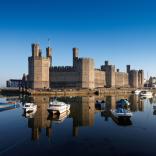The basics
Wales is on the island of Great Britain, to the west of England, and covers an area of 20,782 square kilometres (8,024 square miles). That’s around half the size of the Netherlands, a similar size to Slovenia and slightly smaller than the US state of New Jersey. Indeed, Wales’ prominence on the map of Britain has led to the UK media often using “the size of Wales” as a unit of comparative size.
Official estimates place the population of Wales at 3,135,000. The population density averages out at 150 people per square kilometre (290 per square mile), although there’s wide variation within the country. The population is heavily concentrated in the metropolitan areas around Swansea, Cardiff and Newport, the South Wales Valleys and the north-eastern corner of Wales.
It's easy to travel to Wales from Ireland as well as the rest of the UK.
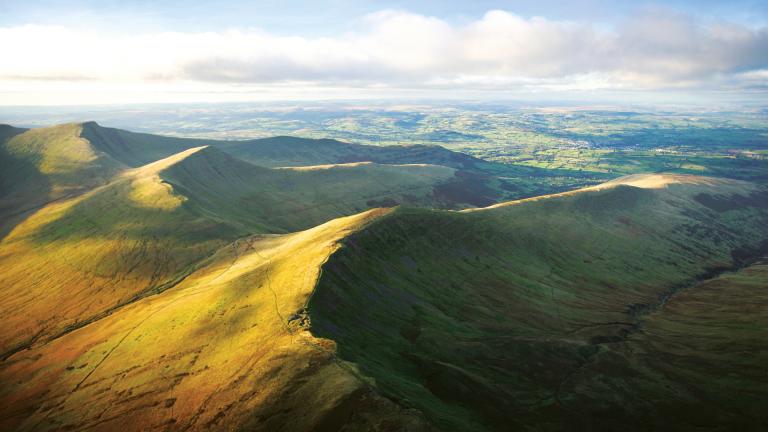
Local knowledge
Since 1996, Wales has been divided into 22 local government areas, each with its own elected council. They vary considerably in size. Rural Powys, which includes much of the sparsely populated “Desert of Wales” (where you won't find any sands, but an expanse of moorland) is 47 times bigger than the county borough of Blaenau Gwent in the South Wales Valleys.
At election time, you’ll hear mention of Wales’ parliamentary constituencies. The nation is split into 40 of them, returning a member each to the House of Commons in London and the Senedd (Welsh Parliament) in Cardiff Bay. You’ll also sometimes hear people use older county names, such as South Glamorgan, Radnorshire or Dyfed. It’s a testament to the number of times that boundaries have been redrawn in Wales’ long history.
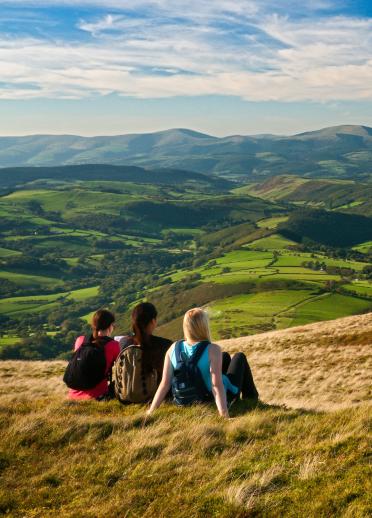
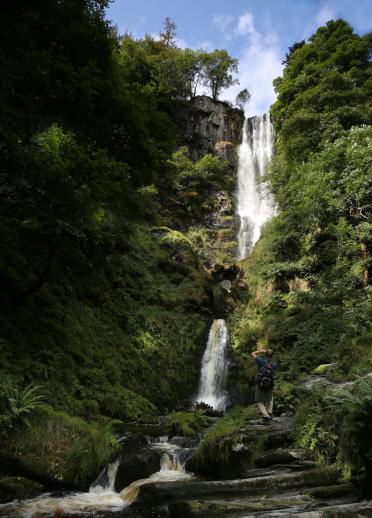
There are seven official cities in Wales. Cardiff has been the capital since 1955, and is home to around 363,000 people. Swansea and Newport also have populations in the hundreds of thousands, while Bangor has just 19,000 residents but has held city status “since time immemorial”. The smallest two, St Asaph and St Davids, are the two smallest cities in the UK, with populations of around 3,500 and 2,000 respectively. Wrexham is Wales' youngest city, having been awarded city status as part of the HRH Queen Elizabeth II Platinum Jubilee celebrations in 2022.
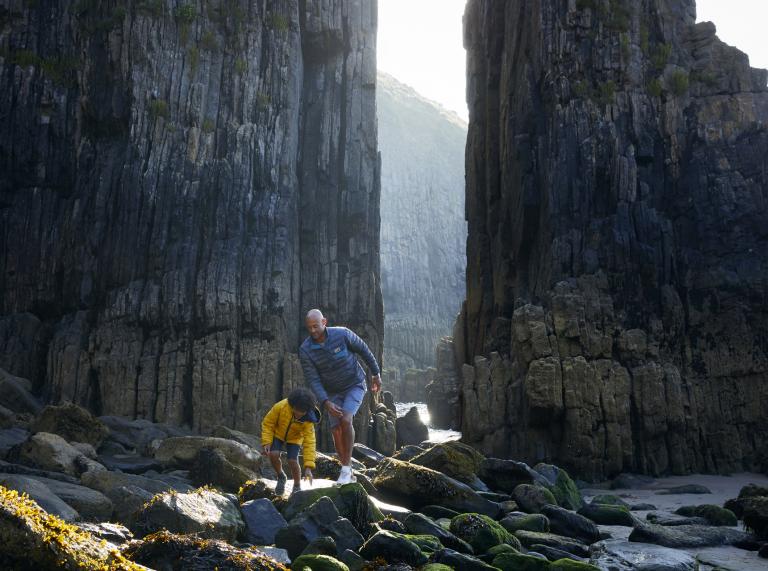
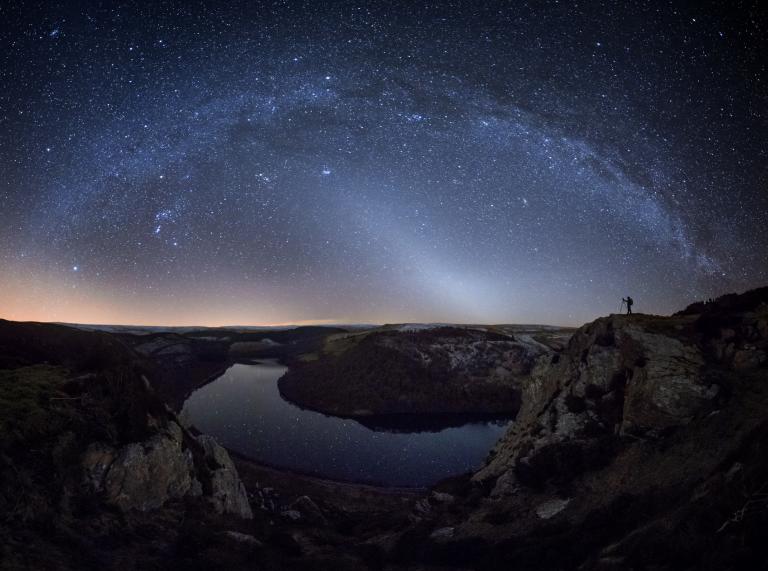
Much of Wales’ landscape is protected, ensuring its beauty will be preserved for generations to come. Around a quarter of the country lies either within one of its three National Parks (Eryri (Snowdonia), Bannau Brycheiniog (Brecon Beacons), and the Pembrokeshire Coast) or one of its five Areas of Outstanding Natural Beauty (AONBs): Llŷn Peninsula, the Clwydian Range and Dee Valley, the Gower Peninsula, Anglesey and the Wye Valley. The last two book-end the journey “o Fôn i Fynwy”, with the Wye Valley AONB spreading out across both sides of the Wales-England border.
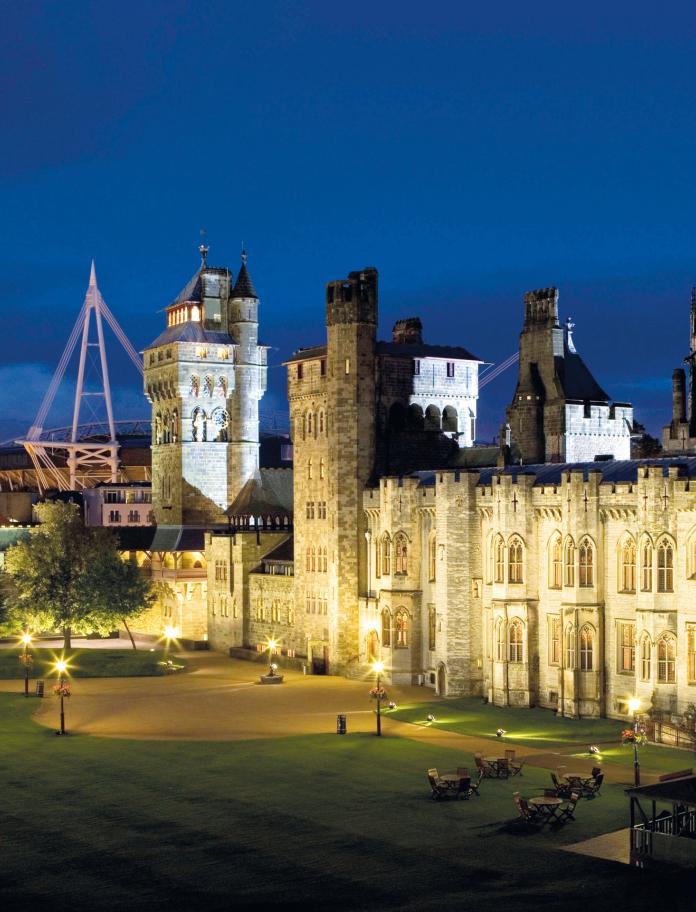
Much of Wales’ landscape is protected, ensuring its beauty will be preserved for generations to come."
Going to extremes
It has been said that if Wales were flattened out, it would be bigger than England – and there’s more than a pebble of truth to the joke. Move inland from the coastal plains of South or West Wales and you’ll soon reach the valleys, hills and mountains that make up most of the country.
Eryri (Snowdonia) National Park, in North West Wales, contains the greatest of the mountain ranges. The English version of the name (Snowdonia) comes from the English for Yr Wyddfa - Mount Snowdon - which is Wales’ tallest summit at 1,085m (3,560ft) above sea level. The other major range is the Bannau Brycheiniog (Brecon Beacons) in South Wales, with a highest summit at 886m (2,907ft) being Pen y Fan.
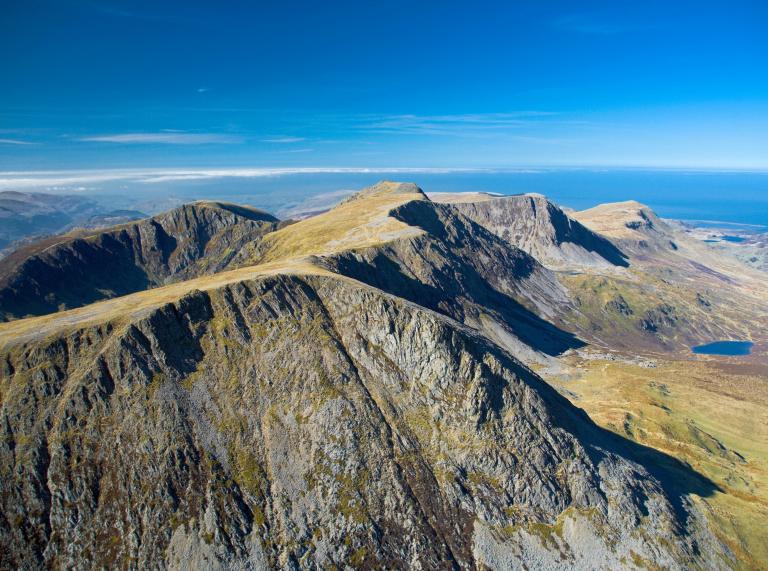
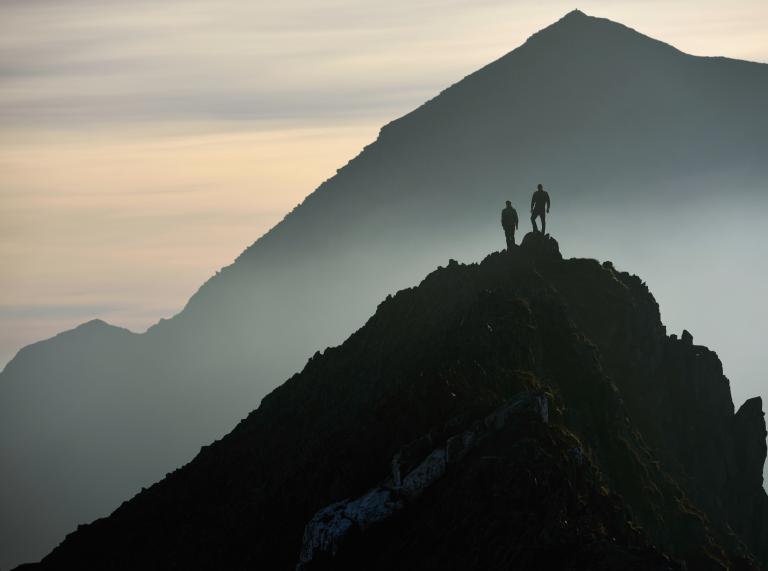
A third major upland region is the Cambrian Mountains. The expression used to refer to Wales’ whole spine of mountains, but modern usage is restricted to the Mid Wales highlands. Plynlimon, at 752m (2,467ft) is the highest peak and the source of Wales’ two longest rivers, the Severn and Wye.
More confusingly, Wales also contains the Black Mountain Range and the Black Mountains, which are entirely separate places – though both sit within the Bannau Brycheiniog (Brecon Beacons) National Park.
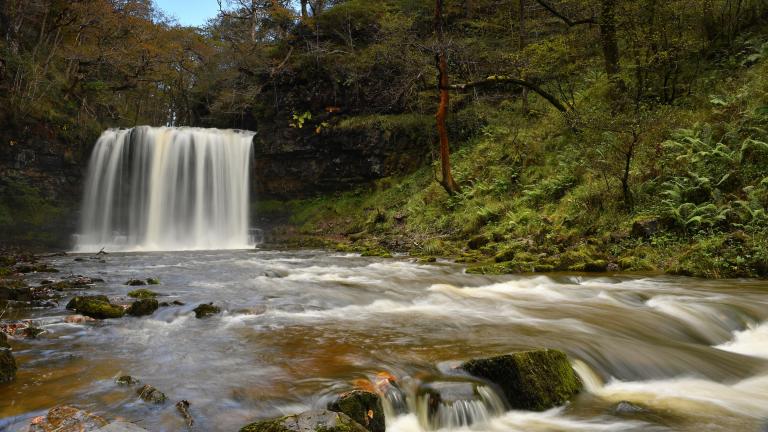
Wales has around 50 islands, ranging in size from Anglesey (the seventh-largest of the British Isles) to lonely, uninhabited outcrops. Three of these offshore points represent the northern, western and southern extremities of the country: Middle Mouse, The Smalls Rocks and Flat Holm, of which only the last is inhabited. The easternmost point of Wales is Lady Park Wood, near Monmouth.
Getting about
There aren’t too many straight roads in Wales, thanks to all those mountains. Trunk roads in Wales tend to have an east-to-west alignment – most notably the M4 corridor from Carmarthenshire to the Severn Bridges, the A465 Heads of the Valleys road in South Wales and the A55 from Holyhead in Anglesey along the North Wales coast.
The two main north-south routes are the A483 between Swansea and Wrexham (ultimately ending at Chester) and the A470 between Cardiff and Llandudno. There’s no single rail route between the north and south of the country: passengers from south Wales on the way to Aberystwyth or the North have to dip into England and change trains at Shrewsbury.
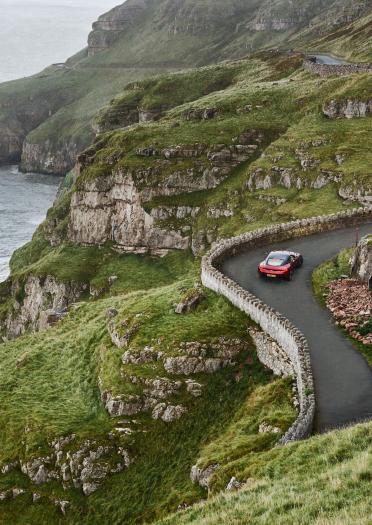
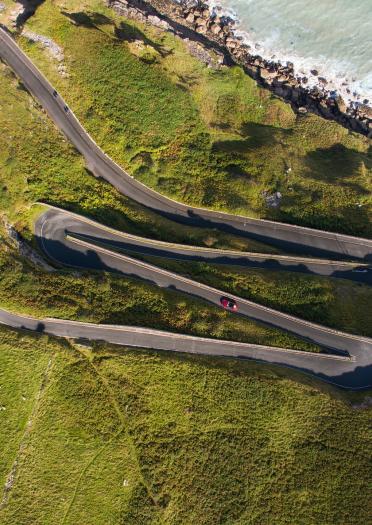
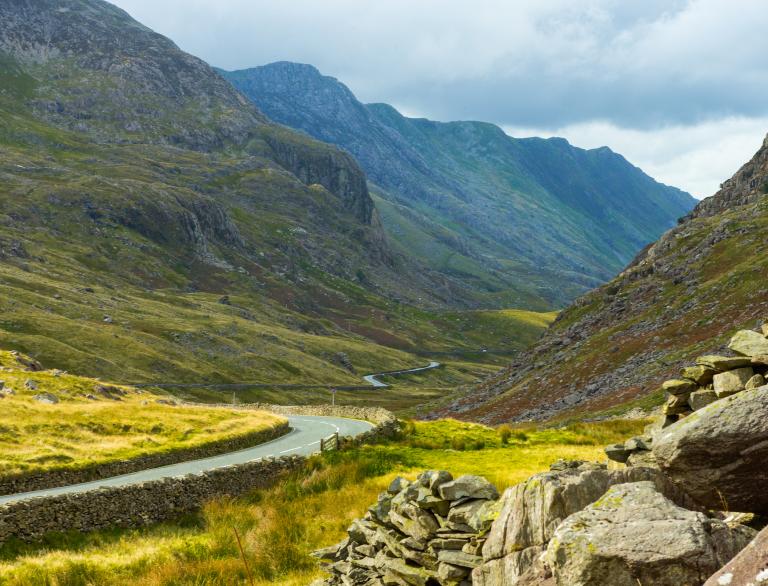
Fortunately, it’s easy to make a virtue of all these twists and turns. When you’re watching the whole Tywi Valley unfold as you steer around the Black Mountain Pass, or soaring above fields and pine forests on a train crossing Cynghordy Viaduct, you won’t want the journey to be over too quickly. We've even plotted a trio of driving itineraries, known as The Wales Way, to showcase some of the most beautiful scenery!
Cities of Wales
Discover the seven cities of Wales.
